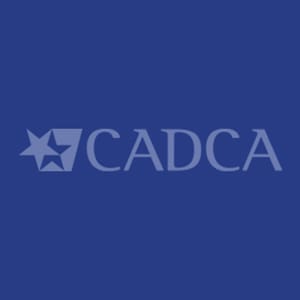This morning I spent some quality time upside down in a dentist chair, getting two fillings. I really don’t know why he offered, but my dentist said “I could numb you or we could try it without. It’s your choice.” I replied, “Let’s try it without, and I’ll let you know if it gets too painful.”
Why would I forego the comfort of Novocain, you ask? Well, I knew I had an important meeting with my boss in an hour and didn’t want my mouth numb for that conversation. Plus, I wanted to see if I could do it. I have to be honest. It wasn’t great. But it wasn’t unbearable.
Afterward, we chatted a bit about my job, and we talked about the opiate crisis. He asked that I keep him updated and said he’d be willing to be more educated on the topic and even talk to other dentists about this issue.
My adventure in dentistry today was a great reminder that dentists represent a critical sector for outreach about prescription drug prevention. According to the Journal of the American Dental Association, prescribing by dentists represent about 12 percent of immediate-release opioids in the United States.
Bob Twillman, Ph.D., FAPM, Executive Director, American Academy of Pain Management recently joined a CADCA webinar entitled “Prescribing Some Solutions to Prescription Pain Medicine Abuse.” Dr. Twillman shared that while, out of all the specialties, dentists prescribe the fewest doses, they write more prescriptions for 12-19 year-olds than any other specialty. He also noted that many people find that NSAIDs (nonsteroidal anti-inflammatory drugs) provide adequate pain control for simple dental surgeries (e.g., third molar extraction).
The experience also had me thinking about pain and the term “painkiller.” Maybe we should be careful with how we use this term? Our country represents 4.6 percent of the world’s population yet consumes 80 percent of the world’s opiates. According to the Centers for Disease Control and Prevention, every day, 44 people in the U.S. die from overdose of prescription painkillers, and many more become addicted. Clearly we need some major behavior change here.
Are we seeking as a society to “kill” all the pain we feel – emotional or physical – by some numbing source? Are we far too often seeking a prescription solution to a problem or challenge that might be addressed through a combination of therapies? There are options, be it over-the-counter solutions (like acetaminophen or NSAID’s like ibuprofen), exercise, cognitive behavioral therapy, physical therapy, counseling, meditation, or prayer. I can’t help but think if Americans shifted their mindset from “How much medication do I need to kill all the pain?” to “What is the minimum medication I need to help me manage my pain?,” our country’s stats around opioids would be very different.
I have to go back to the dentist to get another filling soon. Since today’s adventure was a little unsettling, I may ask for the pain-numbing option next time. But then again, I might not.
Mary Elizabeth Elliott is the Vice-President, Communications, Membership and IT at CADCA



